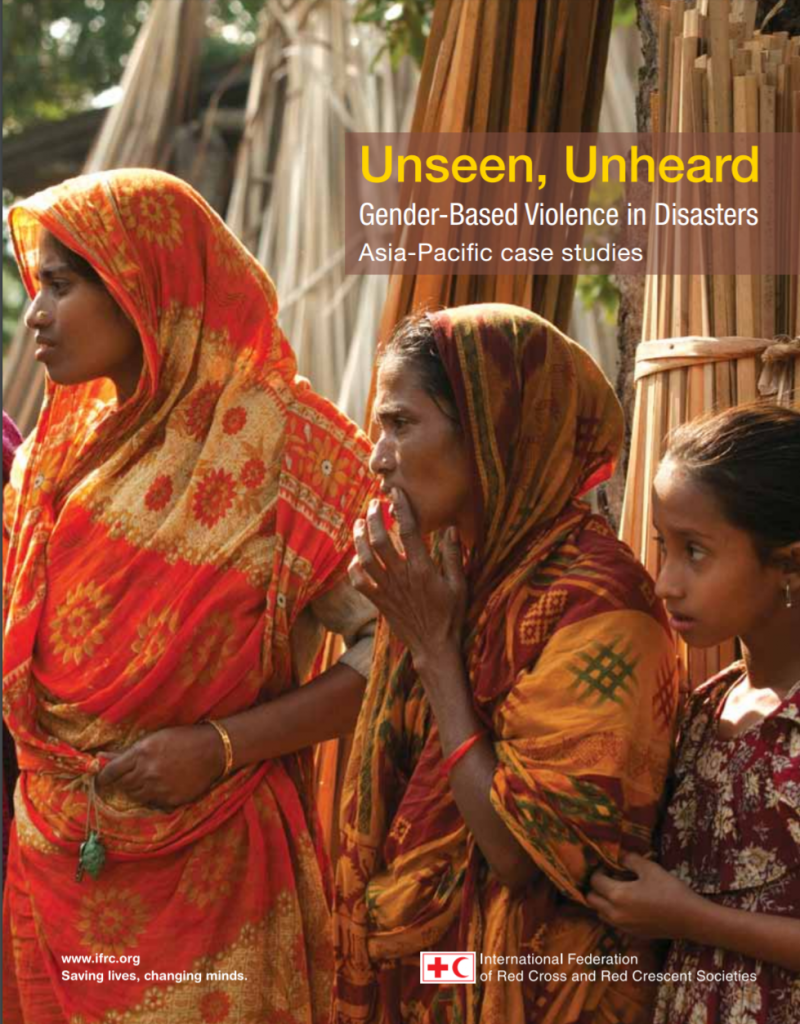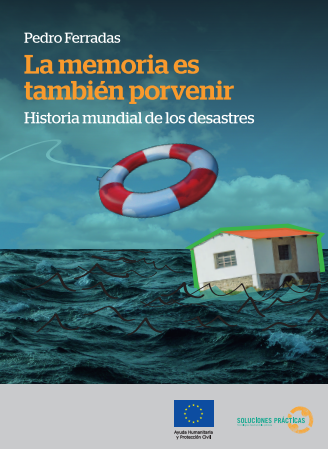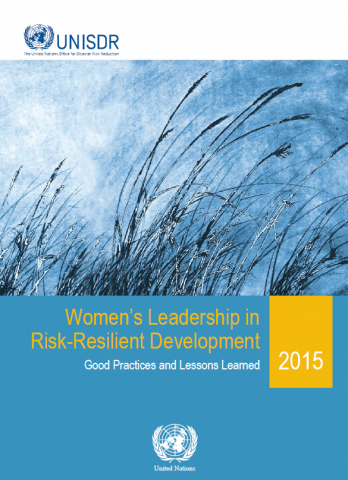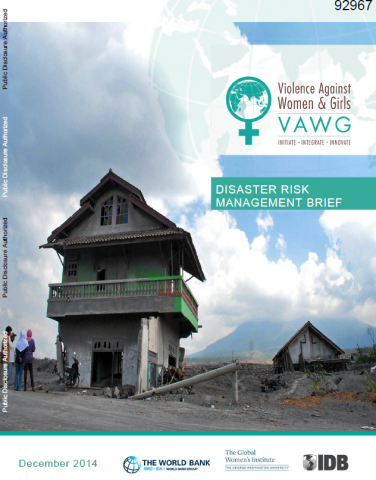Unseen, Unheard: Gender-Based Violence in Disasters Asia-Pacific case studies
This report features three case studies from the IFRC’s commissioned global study: Unseen, unheard: Gender-based violence in disasters. The first is from Bangladesh, a country with a legacy of cyclical disasters, including cyclones, floods and landslides. The study finds that some of the primary needs among those affected by cyclones include safe shelter settings for women and girls […]
Unseen, Unheard: Gender-Based Violence in Disasters Asia-Pacific case studies Read More »




